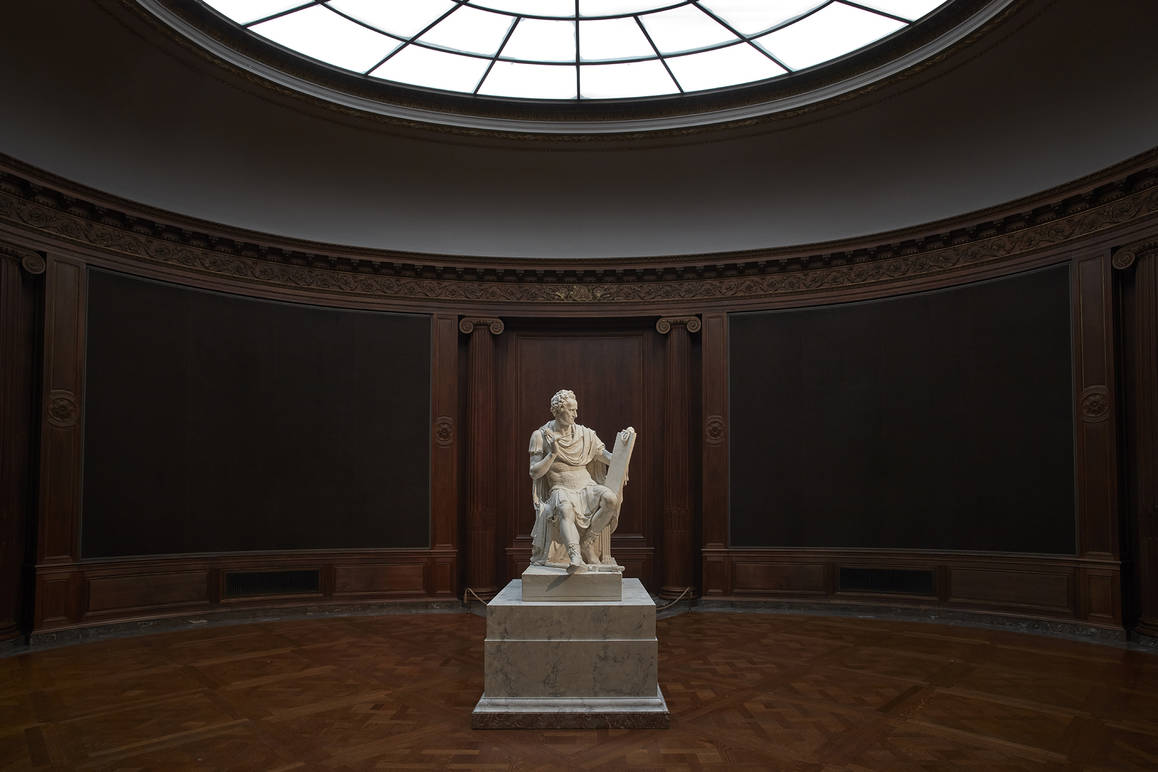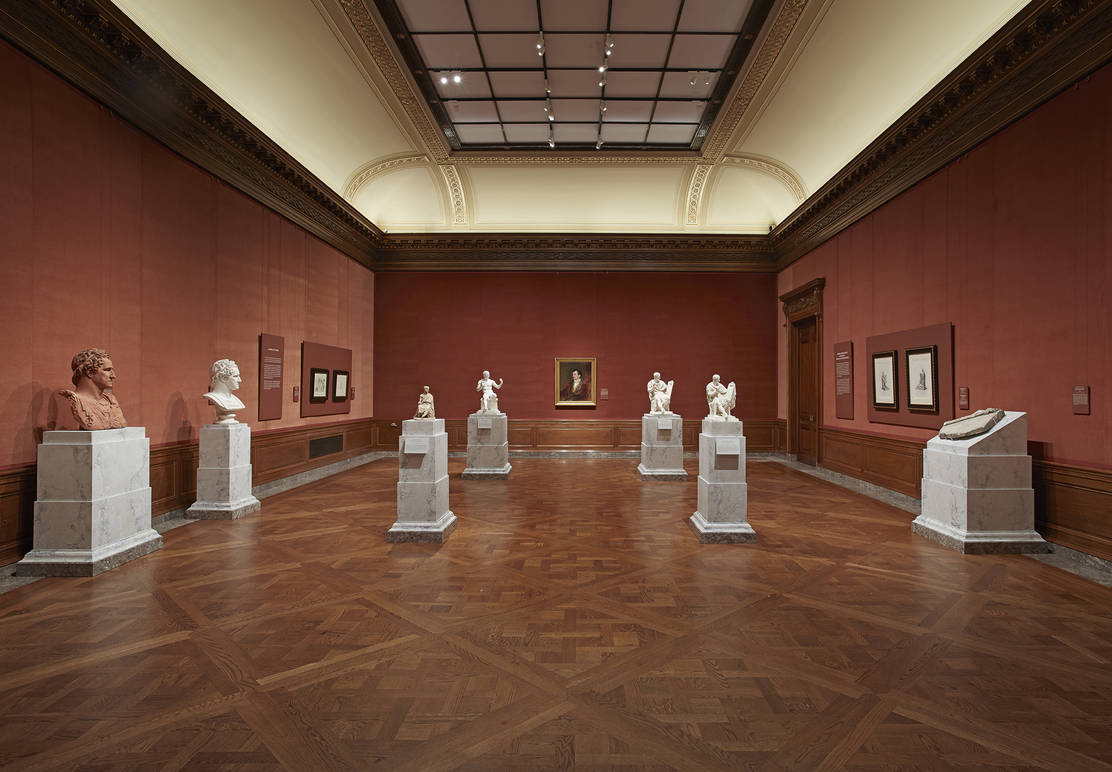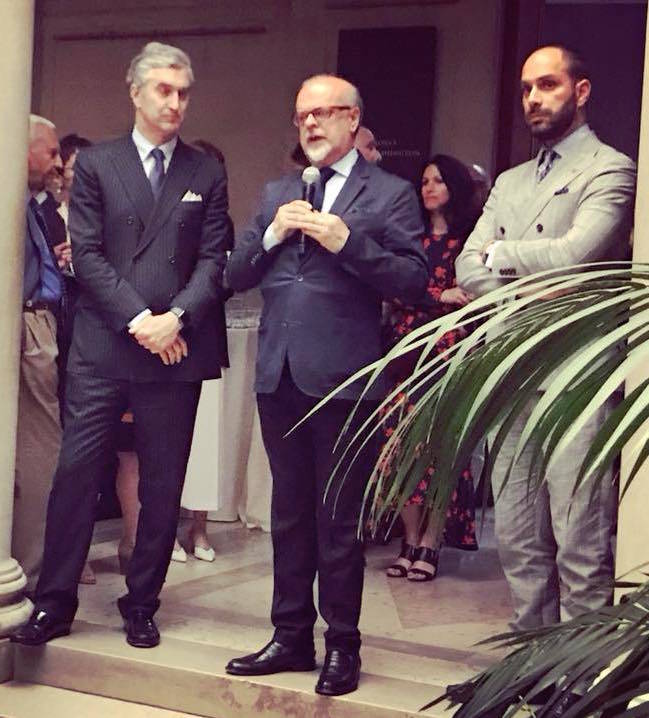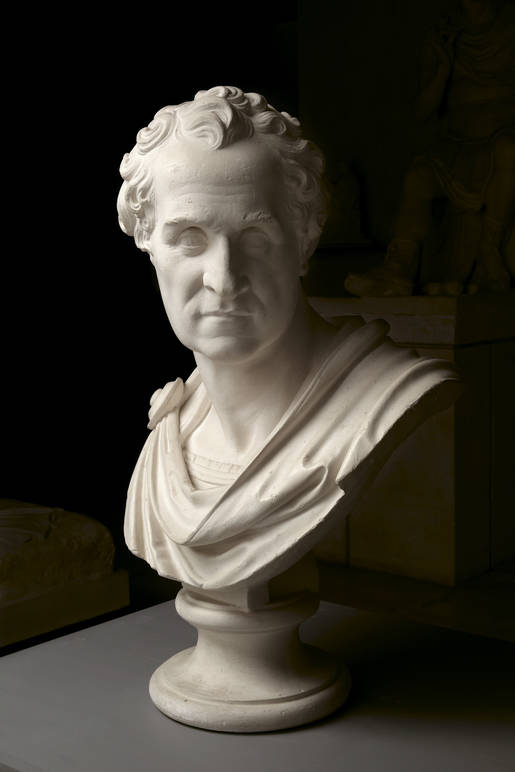Canova's Beauty Bewitches NYC
Antonio Canova has always been representative of that refined, glorious elegance of the classical world that he immortalized in sinuous and perfect statues that contributed to deliver it to posterity.
The Italian sculptor is notoriously known for his marble marvellous masterpieces like Psyche Revived by Cupid's Kiss, Pauline Bonaparte as Venus Victrix or The Three Graces. But Canova was not just a sculptor, he was also an incredibly talented painter. His drawn sketches and preparatory models can be considered art masterpieces per se and a testimony of the artist sublime technique and unique touch.
That’s the side of Canova that New York’s art affectionates can get the chance to view through this exemplary three exhibitions that show different shades of the Venetian artist.
George Washington at the Frick Collection
Organized by Xavier F. Salomon, Peter Jay Sharp Chief Curator, in collaboration with Mario Guderzo, Director of the Gypsotheca and Museo Antonio Canova, the Venice International Foundation, and Friends of Venice Italy Inc., this exhibition unveils not only one of Canova’s lost masterpieces but also an important piece of history.
Back in 1816, as the United States were establishing their role as an independent nation after winning the war against the British, Thomas Jefferson commissioned Antonio Canova to create a monument of George Washington dressed as an ancient Roman leader. Even though the sculptor never met or seen the first American President, considering Washington had already passed away by the time work on this piece began, Canova happily accepted and relied solely on a bust owned by an American diplomat who shipped it to his studio in Rome.
The state of North Carolina spent almost half of their annual budget on the funding of the sculpture and it finally arrived in its new home five years later. Unfortunately, the stunning piece was completely ruined a decade later after the tragic spread of a fire within the state’s House. Canova’s original sculpture of Washington was destroyed, but the artist still had a full-size plaster model of the monument in his studio. He had also made a 30-inch preliminary nude model which no one ever knew about.
About the immeasurable value of the piece, Salomon said: “It is one of the four preliminary models, part of the preparatory work. Canova always did a nude model of his sculptures so he could understand how the body worked under the drapery. It was absolutely a standard practice starting with rough drawings and then moving onto three-dimensional plaster models.”
Besides the full-size plaster copy of the original sculpture and the smaller nude model, the exhibition also includes Canova’s draft sketches and related engravings and drawings loaned to the Frick by the Museo Canova in Possagno, the town in which the artist was born.
The Opening
An elegant cocktail catered by the prestigious Cipriani, welcomed the media representatives for the unveiling of the statue. The packed crowd was greeted by the Consulate General of Italy, Francesco Genuardi, who addressed the importance and relevance of the exhibition. Then Xavier F. Salomon, Peter Jay Sharp Chief Curator of the Frick took the stage to underline this extraordinary occasion and the hard work spent to make the event happen and the center role of the Gypsotheca and Museo Antonio Canova. Its Director, Mario Guderzo, was also present, and he gave a speech narrating the wonderful adventure that brought Canova's "Washington" from Possagno to New York.
The Italian Air Company Alitalia was also instrumental for carrying the fragile artcraft from Italy to New York. A lucky audience member had also the chance to win a ticket for a wonderful trip to Italy, compliments of Alitalia.
----
Exhibition Dates: May 23, 2018, through September 23, 2018
The exhibition is organized by Xavier F. Salomon, The Frick Collection’s Peter Jay Sharp Chief Curator, in collaboration with Mario Guderzo, Director of the Gypsotheca e Museo Antonio Canova, the Venice International Foundation, and Friends of Venice Italy Inc. Following its presentation at the Frick, the exhibition will be shown in Italy at the Gypsotheca e Museo Antonio Canova in Possagno in the fall of 2018.
For more info please click here >>>









































i-Italy
Facebook
Google+
This work may not be reproduced, in whole or in part, without prior written permission.
Questo lavoro non può essere riprodotto, in tutto o in parte, senza permesso scritto.